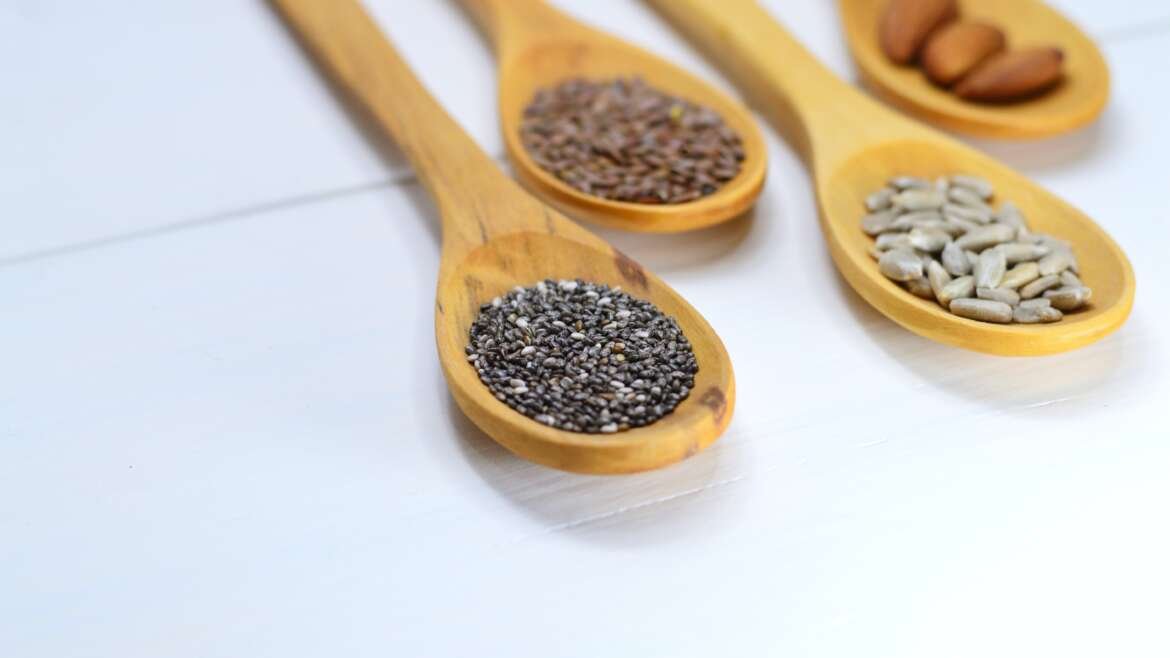Seed Cycling:
Seed cycling is a growing trend that claims to balance hormones, increase fertility, and alleviate menopausal symptoms.It entails eating flax, pumpkin, sesame, and sunflower seeds at various times of the month to help balance hormones.However, despite numerous anecdotal accounts of its efficacy, scientific evidence to support its claims is lacking.


This article will teach you everything there is to know about seed cycling and whether it is a beneficial practise.
Seed cycling is a natural remedy that claims to balance hormones by regulating oestrogen in the first half of your menstrual cycle and progesterone in the second.
It is said to help regulate periods, reduce acne, treat polycystic ovarian syndrome (PCOS), endometriosis, and infertility, and alleviate menopausal symptoms such as hot flashes, night sweats, fatigue, and mood swings.
According to some online sources, it can also improve thyroid hormone levels, hair health, weight loss, water retention, and cellulite.
How to Do Seed Cycling?
The most common method instructs women to consume one tablespoon of freshly ground flax and pumpkin seeds per day during the first 13-14 days of their menstrual cycle, known as the follicular phase.
Seed cyclers eat 1 tablespoon of ground sunflower and sesame seeds per day during the second half of their cycle, known as the luteal phase, until the first day of their next period, when their cycle begins again.
It’s often recommended for menopausal and postmenopausal women who don’t have a regular menstrual cycle to use the phases of the moon as a guide to cycle dates, with day one of their cycle falling on the new moon.
Proponents claim that after just a few months of cycling, positive hormonal changes will be noticed.
How does it function?
The claims about how seed cycling works vary from one source to the next. The basic idea is that different seeds can either promote or inhibit the hormones oestrogen and progesterone.
Hormones in their natural cycle
Estrogen is produced in a regular cycle during the first 14 days of the follicular phase as eggs in the ovaries ripen.
Follicle-stimulating hormone (FSH) and luteinizing hormone (LH) levels rise just before ovulation, while oestrogen levels fall just after.
The luteal phase begins after an egg is released, and progesterone and oestrogen levels gradually increase in a careful balance to support conception and implantation. If no implantation occurs, they will drop again before the next period.
Hormonal imbalance causes
Most women produce enough hormones to support a healthy cycle. Certain medical conditions, such as PCOS and hypothyroidism, as well as over-exercising and being under- or overweight, can, however, cause a hormonal imbalance.
Furthermore, oestrogen and progesterone levels decrease during menopause, increasing your risk of heart disease and osteoporosis and causing symptoms such as hot flashes and weight gain.
Seed cycling proposes to help both those who have hormonal imbalances and those who have healthy cycles.
How seeds affect hormones
Proponents of seed cycling claim that the phytoestrogens in flax seeds can help increase or decrease oestrogen levels as needed during the follicular phase.
Phytoestrogens are plant compounds that mimic the action of oestrogen.
Furthermore, zinc from pumpkin seeds is said to stimulate progesterone production in preparation for the next stage of the cycle.
Sesame lignans, a type of polyphenol, are thought to keep oestrogen AF levels from rising too high during the luteal phase. Meanwhile, the vitamin E in sunflower seeds is thought to aid in the production of progesterone.


Add Comment